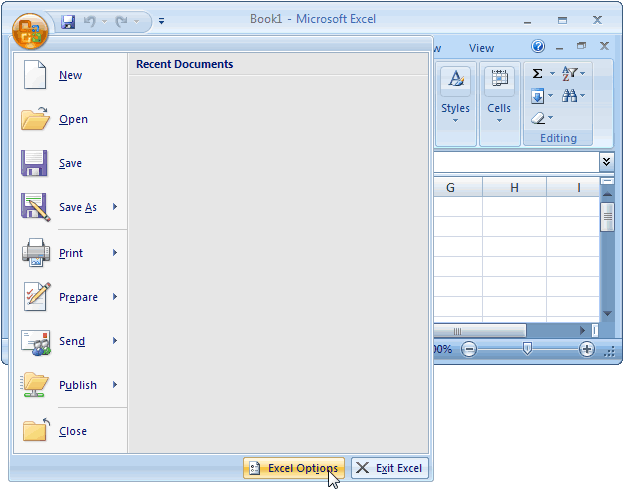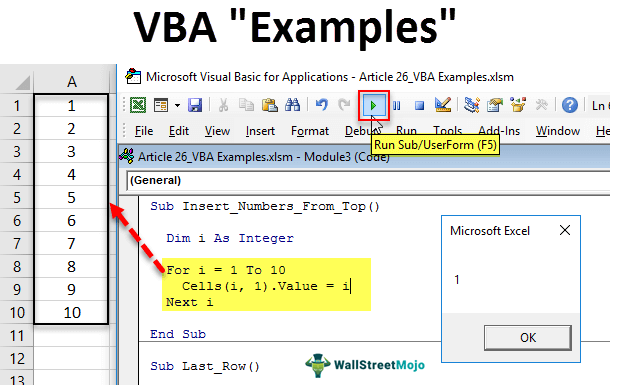
Parameters listed in the same order as they appear on the left side of the original Methods that do not have output arguments do not pass a Nargout parameter to the compiled function and specifies how many When a method has output arguments, the first argument is always The mapping from MATLAB functions to COM class method calls, see Reference Utility Classes. Call the Methods of a Class InstanceĪfter you have created a class instance, you can call the class methods to access theĬompiler applies a standard mapping from the original MATLAB function syntax to the method's argument list. This makes properties of a COM classīehave as static properties instead of instance-wise properties. This MATLAB Runtime is reused and shared among all subsequent class instances within theĬomponent, resulting in more efficient memory usage and eliminating the MATLAB Runtime startup cost in each subsequent class instantiation.Īll class instances share a single MATLAB workspace and share global variables in the MATLAB files used to build the component. How MATLAB Runtime Is Shared Among ClassesĬompiler creates a single MATLAB Runtime instance when the first Microsoft COM class is instantiated in an application. The following example illustrates this technique with the second method:
Visual basic for excel command list code#
Is reused by all function calls, as in the initialization code of the previous An alternative approach is to declare one single module-scoped class instance that This creates and destroys a new class instance for eachĬall. In the previous two examples, the class instance used to make the method call was a With each built component all use the first method for object creation. Visual Basic editor to work with your classes. Method has the added advantage of enabling the Auto-List-Members and Auto-Quick-Info Library in the VBA project the second results in faster code execution. The first method does not require a reference to the type Using both CreateObject and New produce aĭimensioned class instance.
Visual basic for excel command list full#
The full declaration in the formĬollisions that can occur if other libraries in the current project contain types named In this example, the class instance can be dimensioned as simply Subsequent calls exit without reinitializing.įunction foo(x1 As Variant, x2 As Variant) As Variant MWComUtil class and calls the MWInitApplication The private subroutine InitModule() creates an instance of the MCLUtil holds an instance of the MWUtil class, andĪnother global variable of type Boolean namedīModuleInitialized stores the status of the initialization process. Visual Basic ® code sample initializes the libraries with the current instance ofĮxcel.

That does the initialization once, and simply exits for all subsequent calls. One way to add this initialization code into a VBA module is to provide a subroutine This class is part of the MWComUtil library. MWInitApplication, which is a member of the MWUtilĬlass. To do this initialization, call the utility library function

Do this once for an Excel session that uses the MATLAB Initialize MATLAB Compiler Libraries with Microsoft ExcelĬompiler component, initialize the supporting libraries with the current instance ofĮxcel ®. Simple call wrappers, each implemented as a function procedure for each method of theĬlass. Map these outputs into multiple cells/ranges in the worksheet.Ĭompiler™ produces a VBA module (. MATLAB function returns an array of values or multiple outputs because you need to Use a subroutine procedure when the original You access a subroutine as a general macro. Useįunction procedures when the original MATLAB ® function takes one or more inputs and returns zero outputs. You access a VBA function directly from a cell in a worksheet as a formula function. VBA provides two basic procedure types: functions and subroutines. Integrate Components Using Visual Basic Application When to Use Formula Functions or Subroutines


 0 kommentar(er)
0 kommentar(er)
